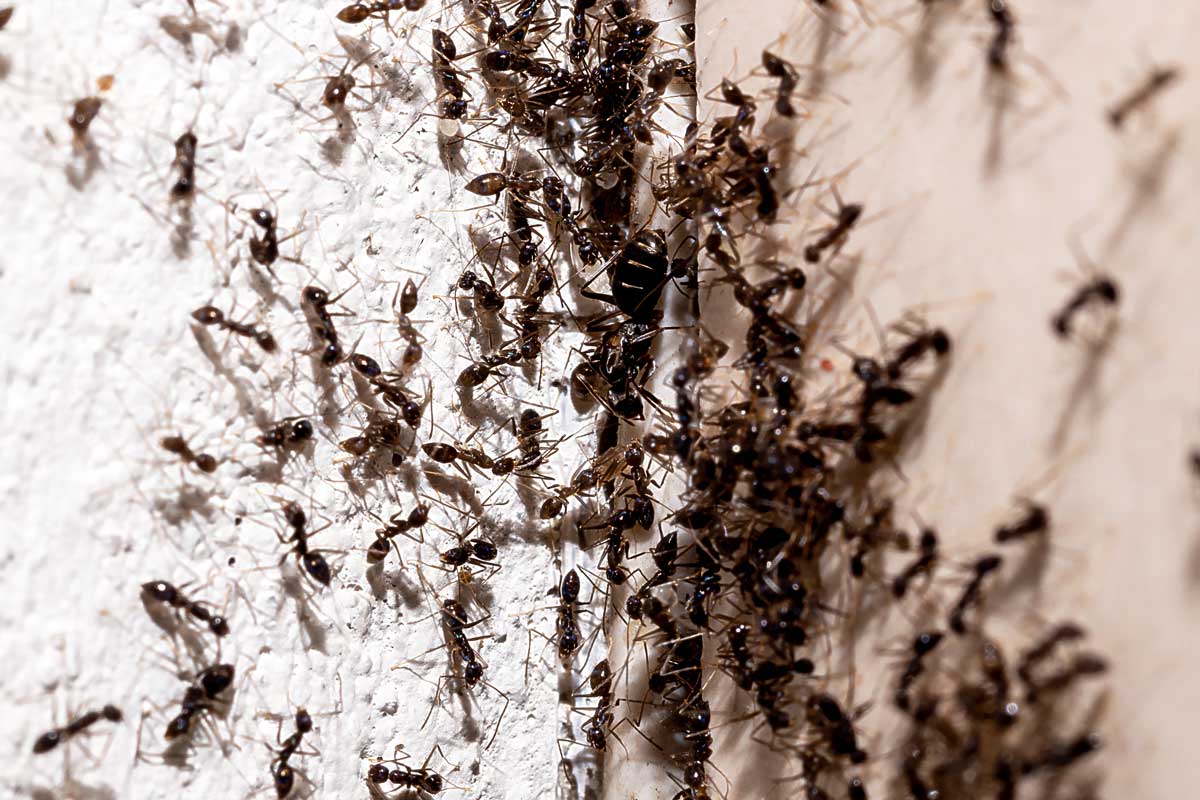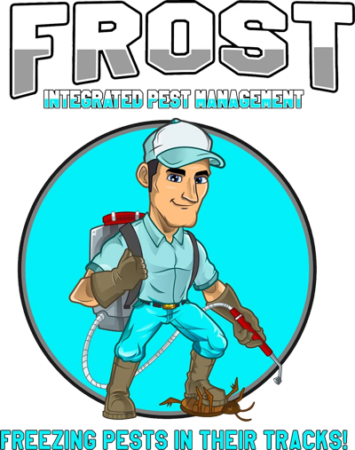Dealing with Ant Infestations in Restaurants & Food Service Establishments

Running a restaurant or food service establishment requires not just culinary expertise and a welcoming atmosphere, but also the maintenance of a clean and hygienic environment. Unfortunately, pests such as ants can present significant challenges, particularly in kitchens and dining areas. Ant infestations are a common issue in restaurants, and without proper control, they can negatively impact both the reputation of the establishment and food safety standards. Understanding how to deal with ant infestations and prevent them from recurring is essential for keeping your kitchen running smoothly and ensuring the safety of your customers. This guide outlines the steps involved in ant control in restaurants, from identification to prevention strategies.
Identifying Ant Problems in Commercial Kitchens
Ants are more than just a nuisance—they can pose serious threats to the hygiene and safety of food service establishments. In commercial kitchens, where cleanliness is paramount, ants can contaminate food items and work surfaces, potentially leading to foodborne illnesses. The first step in ant control in restaurants is identifying the source of the problem. Ants are known for their ability to invade a wide range of environments, and kitchens, with their abundance of food sources, are particularly attractive to them. They often enter through cracks and crevices in walls, floors, windows, or doors. Once they find a steady food source, ants will leave a trail of pheromones to guide other ants to the food. This can quickly lead to a larger infestation if not addressed promptly.
Signs of an ant infestation can range from seeing ants scurrying around food prep areas to noticing tiny piles of dirt or droppings in hidden corners. Additionally, food containers may be chewed through, or food may become contaminated with the presence of ants. It’s important for restaurant owners and staff to regularly inspect the premises for any signs of ant activity, especially in storage areas, behind appliances, and along the edges of walls or counters where ants tend to travel.
Understanding the Risk to Food Safety
In a food service environment, food safety is a top priority. Ants, while not typically known to transmit diseases directly, can still carry pathogens on their bodies and contaminate food and surfaces. When ants move through various environments, they may pick up bacteria, fungi, and other microorganisms, transferring them onto your food or kitchen surfaces. An ant infestation can thus lead to the contamination of prepared foods, raw ingredients, and food storage areas. In worst-case scenarios, this can result in customer illness, regulatory fines, or even the closure of your establishment.
The presence of ants in your kitchen can also damage the reputation of your restaurant. Customers expect a clean, safe environment when dining out, and spotting ants in a restaurant can leave a lasting negative impression. Therefore, it’s crucial to not only address the infestation but also ensure that the underlying conditions leading to the problem are eliminated. Ant control in restaurants must be a priority to maintain a safe and welcoming environment for patrons and staff alike.
Tips for Preventing Ants in Commercial Kitchens
Prevention is always the best approach when dealing with pests. In restaurants, it is essential to implement measures that make it difficult for ants to invade and thrive. Regular cleanliness is the foundation of any successful pest control strategy. Keeping all food preparation areas, storage spaces, and dining areas clean and free of crumbs or spills will reduce the likelihood of attracting ants. Ensure that food is stored in airtight containers, and regularly inspect pantry and storage areas for signs of pests.
Another important step is to seal up any entry points. Ants can slip through even the tiniest cracks and gaps. Regularly check for and repair any damage to the structure, especially around windows, doors, and plumbing lines. Installing door sweeps and window screens can help prevent ants from entering the building, especially during warmer months when they are most active. It’s also important to keep outdoor areas free from debris and food waste, as this can serve as a source of attraction for ants looking to enter the restaurant.
In addition to maintaining a clean environment, using natural deterrents can help keep ants away. Some restaurant owners opt for essential oils such as peppermint, citrus, or cinnamon, which ants find unpleasant. Spraying diluted solutions of these oils in areas where ants are likely to enter can be an effective way to deter them. Similarly, diatomaceous earth can be sprinkled around the perimeter of the building to create a barrier that ants will avoid. Though these methods are not foolproof, they can act as part of a larger pest management strategy that includes regular inspections and professional pest control services.
Professional Ant Control Services for Restaurants
When an ant infestation becomes overwhelming or difficult to manage internally, it’s time to call in the professionals. Pest control experts specialize in identifying, managing, and preventing infestations, offering a level of expertise that is often needed in a commercial setting. Professional pest control companies use a combination of inspection, treatment, and preventative strategies to eliminate ants and prevent future invasions.
For restaurants, pest control services will conduct a thorough inspection of the premises, identifying the species of ant, locating their nests, and determining how they are entering the building. After this assessment, the experts will develop a customized plan to deal with the infestation, which may include the use of baiting systems, traps, or targeted insecticides. These methods are often more effective than over-the-counter products and are safer for use in food environments. Moreover, pest control professionals will be able to offer advice on long-term prevention, including regular maintenance schedules and proactive monitoring.
It’s important to note that many pest control companies specialize in sustainable, eco-friendly treatments, which are crucial in food service environments where health regulations must be strictly followed. Using eco-friendly pest control options can reduce the potential risks to both the environment and the food being prepared, offering peace of mind to restaurant owners and customers alike.
Maintaining Long-Term Ant Prevention in Restaurants
Once an ant infestation has been managed or eliminated, the focus should shift to long-term prevention. To prevent future infestations, it’s important to implement ongoing strategies for keeping ants at bay. A comprehensive pest management plan should include regular inspections by staff to look for signs of ants and other pests. Staff should be trained to spot the early warning signs of an infestation, allowing the issue to be addressed before it grows out of control.
Routine cleaning should also be a non-negotiable part of the restaurant’s daily operations. All food scraps, waste, and debris should be promptly cleaned up, and regular deep cleaning of storage areas, prep stations, and behind kitchen equipment will help keep ants away. Ensuring that food storage areas are properly sealed and tightly organized will also make it less likely that ants will find their way into your kitchen.
Another key element of long-term prevention is the establishment of a relationship with a pest control service provider. Many pest control companies offer ongoing maintenance programs, where they regularly monitor your restaurant for potential pest problems. These programs can ensure that any new infestations are detected and dealt with promptly, helping to safeguard your restaurant against ants and other pests for the long term. By working with experts in pest control, you’ll be able to maintain a pest-free environment and avoid the costly disruptions that infestations can cause.
In conclusion, dealing with ant infestations in restaurants and food service establishments requires a proactive, multi-step approach. By identifying the problem early, maintaining cleanliness, and enlisting the help of professionals when necessary, restaurant owners can minimize the impact of ants on their operations. Prevention is key, and with the right strategies in place, you can keep your kitchen ant-free and ensure a safe, clean environment for both staff and customers.
